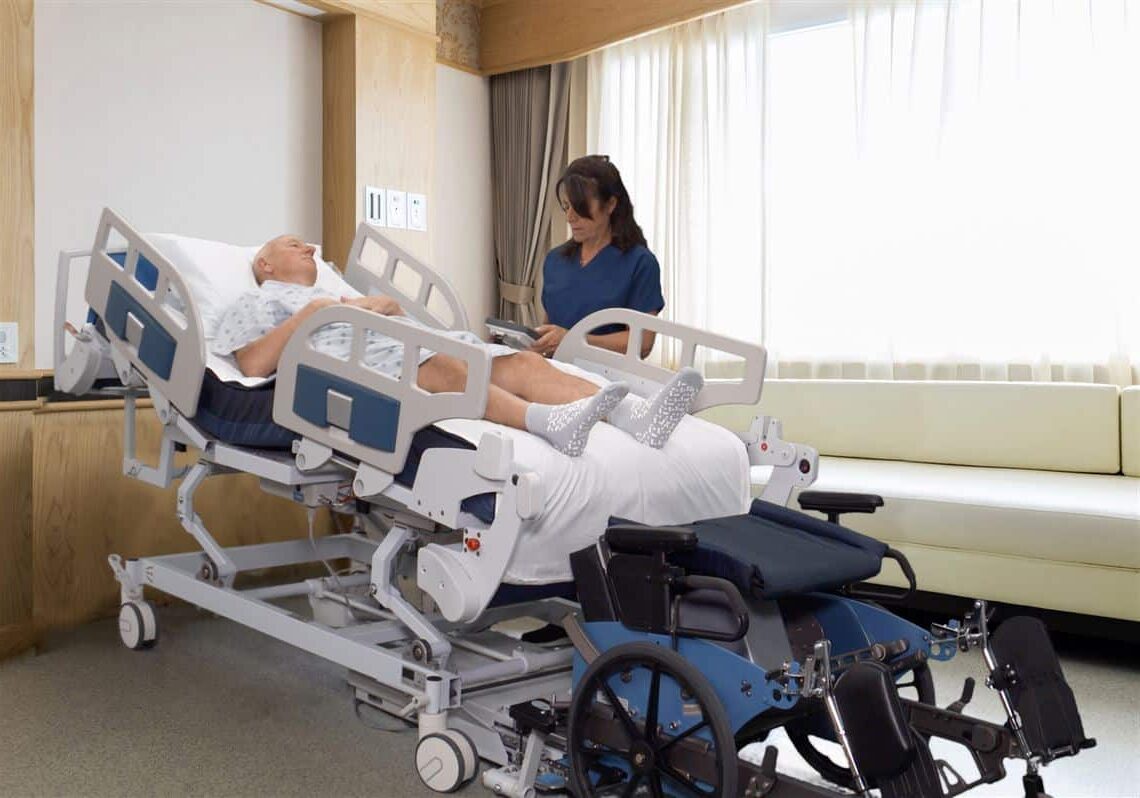Efficient and safe patient transfers in critical care are pivotal, demanding precise coordination and execution to ensure optimal patient outcomes. These patient transfers are complex procedures that require the seamless collaboration of multiple healthcare professionals, meticulous planning, and the integration of advanced technological tools. By optimizing these processes, healthcare providers can significantly reduce patient risk, improve care continuity, and enhance overall health outcomes. This discussion aims to dissect the essential components of effective patient transfer in critical care, highlighting the significance of timing, communication, technology, and patient-centered approaches.
Understanding the Criticality of Patient Transfers
In critical care, patient transfers are not routine procedures but critical moments requiring flawless execution. Any error or delay can drastically impact the patient’s health status. The high stakes associated with these transfers underline the need for comprehensive planning, robust teamwork, and acute attention to detail, ensuring that each patient’s unique needs and medical conditions are meticulously managed during the transition.
The Importance of Timely and Efficient Transfers
Timely and efficient transfers are essential, directly affecting patient survival and recovery rates. Delays or inefficiencies can lead to significant health deterioration. By ensuring rapid and well-organized transfers, healthcare providers can significantly minimize risks, reduce patient stress, and maintain continuity in the delivery of high-quality care.
Navigating Complex Logistics
Patient transfers are intricate operations involving numerous logistical elements, from transport coordination to the readiness of the receiving facility. Addressing these complexities requires a comprehensive, organized approach, ensuring that every logistical aspect is accounted for and that the transfer is executed smoothly and without unnecessary delays.
Coordination Among Care Teams: The Backbone of Successful Transfers
Effective patient transfers hinge on the seamless coordination among multiple healthcare teams. This collaboration is vital for ensuring the continuity of care, as it allows for the accurate and complete transfer of patient information and treatment plans, thereby reducing the likelihood of medical errors and improving overall patient outcomes.
Establishing Clear Communication Channels
Clear and efficient communication channels are the linchpins of successful patient transfers. They ensure that critical patient information is accurately conveyed and understood by all parties involved. Effective communication minimizes the risk of errors, ensuring that the transition between care settings is as smooth and safe as possible for the patient.
Implementing Standardized Protocols
The adoption of standardized protocols for patient transfers can dramatically reduce the risk of errors and inconsistencies. By following established guidelines, healthcare providers can ensure a consistent, reliable approach to patient transfers, leading to more predictable outcomes and improved patient safety.
The Role of Technology in Streamlining Transfers
Technology plays a crucial role in enhancing the efficiency and reliability of patient transfers. By employing advanced tools and systems, healthcare providers can streamline the transfer process, ensuring that patient data is accurately and swiftly shared among all relevant parties.
Leveraging Electronic Health Records (EHRs)
Electronic Health Records are indispensable in facilitating smooth patient transfers. They provide instant access to comprehensive patient data, enabling healthcare professionals to make informed decisions and ensure continuity of care throughout the transfer process.
Utilizing Transfer Management Systems
Transfer management systems optimize the coordination and execution of patient transfers. These systems automate various aspects of the process, thereby reducing manual errors, enhancing efficiency, and ensuring a more organized and effective transfer for each patient.
Patient-Centered Care During Transfers
Maintaining a focus on patient-centered care during transfers is essential for ensuring the well-being and satisfaction of patients. Addressing their individual needs and concerns during the patient transfer not only improves their experience but also contributes to better health outcomes.
Prioritizing Patient Safety and Comfort
Patient safety and comfort should be paramount during transfers. Ensuring that all procedures are performed safely and that patients remain comfortable and well-informed throughout the process is crucial for minimizing stress and enhancing their overall transfer experience.
Engaging Patients and Families in the Process
Involving patients and their families in the transfer process is beneficial for ensuring clarity and comfort. It allows patients and their loved ones to understand the process, express concerns, and feel more in control, thereby improving their overall experience and satisfaction.
Training and Preparedness: Equipping Teams for Excellence
Proper training and preparedness are crucial for healthcare teams involved in patient transfers. By providing specialized training and regular practice drills, healthcare professionals can enhance their skills, reduce transfer-related errors, and improve patient outcomes.
Specialized Training for Healthcare Professionals
Healthcare professionals should receive specialized training tailored to the complexities of patient transfers. This training should focus on protocols, communication skills, and logistical management to ensure that staff are well-prepared and confident in executing smooth and effective transfers.
Conducting Regular Drills and Simulations
Regular drills and simulations are essential for preparing healthcare teams for the realities of patient transfers. These exercises help identify areas for improvement, ensure staff readiness, and instill a sense of confidence and efficiency among the healthcare team.
Continuous Quality Improvement
The pursuit of continuous quality improvement in patient transfer processes is essential for enhancing patient care. By regularly monitoring, reviewing, and refining transfer procedures, healthcare organizations can identify inefficiencies, implement best practices, and ensure that each patient transfer is safer and more effective than the last.
Monitoring and Evaluating Transfer Processes
Ongoing monitoring and evaluation are critical for maintaining high standards in patient transfers. By systematically assessing each transfer, healthcare providers can gather crucial data, identify trends, and develop actionable insights to improve the quality and safety of patient transitions.
Fostering a Culture of Collaboration and Learning
Creating an environment that promotes collaboration, continuous learning, and mutual respect among healthcare professionals is essential for the success of patient transfers. This culture encourages teamwork, innovation, and a shared commitment to excellence, leading to more effective, patient-centered transfer processes.


